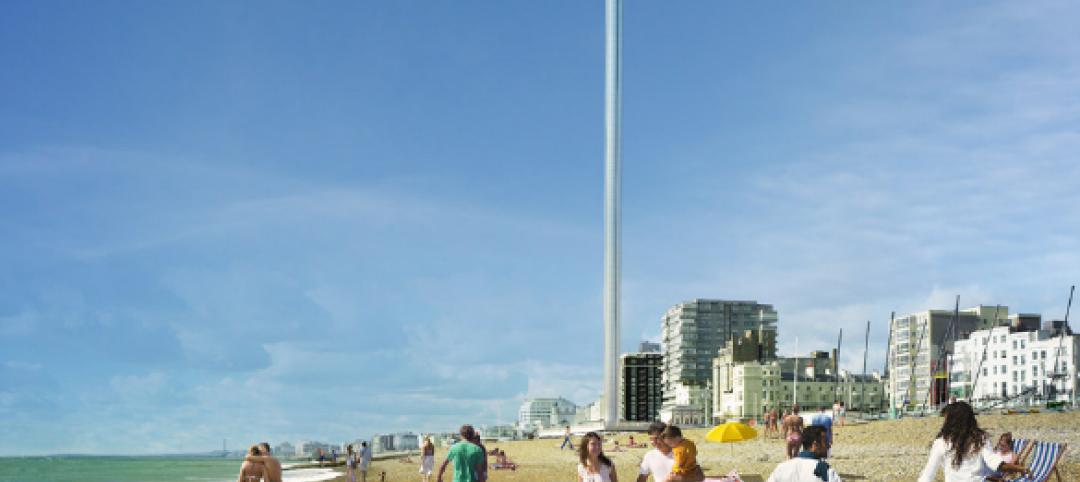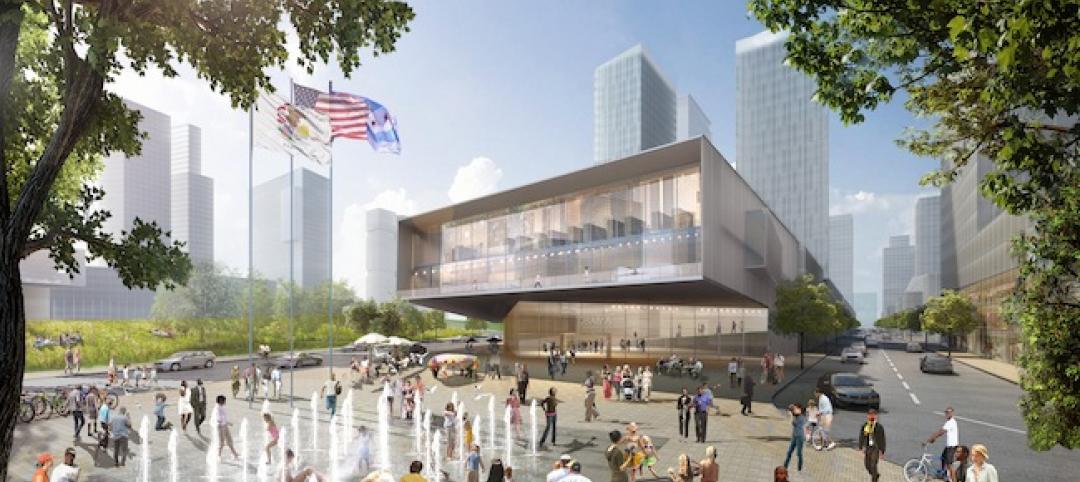 |
|
Memorial Hall’s famed 60-foot dome and granite façade were restored as part of an $88 million adaptive-reuse project for the Please Touch Museum. |
Built in 1875 to serve as the art gallery for the Centennial International Exhibition in Fairmount Park, Memorial Hall stands as one of the great civic structures in Philadelphia. The neoclassical building, designed by Fairmount Park Commission engineer Hermann J. Schwarzmann, was one of the first buildings in America to be designed according to the principles of the Beaux Arts movement. Its signature design, highlighted by an iron-and-glass dome adorned with a 23-foot-tall statue of Columbia, has been emulated by architects across the globe, including those of the Art Institute of Chicago, the Milwaukee Public Museum, the Brooklyn Museum, and the Detroit Institute of Art.
Despite its celebrated past and prominence in the worldwide architecture community, by the 1950s years of delayed maintenance and neglect had left Memorial Hall in dire need of restoration. The situation was exacerbated by a revolving door of tenants that included an industrial arts school, an art museum, a recreation center, a sound recording studio, even a police station. In 2000, the building had to be closed to the public.
In 2002, Memorial Hall received a much-needed jolt when the Please Touch Museum finalized plans to relocate there. The $88 million restoration and adaptive-reuse project took nearly six years from concept through construction, which concluded with the grand opening on October 18, 2008. The project entailed a complete restoration of the exterior granite façade, the 60-foot dome, and all interior paint, plaster, and marble—as well as construction of an addition that houses the museum's cherished, hundred-year-old Woodside Park Dentzel Carousel.
The team cleverly adapted the existing spaces for the exhibits and museum functions. An indoor swimming pool added in 1962 presented the perfect location to “plant” a soaring artificial tree for the Alice's Adventures in Wonderland exhibit. A dark, decrepit maintenance tunnel in the rear of the building was converted into a bright, colorful entrance for large groups walking from the bus drop-off area.
The Reconstruction Awards judges praised the Building Team for saving an architectural masterpiece while also benefiting the community with a world-class children's museum.
“Philadelphia really needed this museum because there's really not a lot for the kids in that area to do,” said judge David P. Callan, PE, LEED AP, SVP with Environmental Systems Design, Chicago. — Dave Barista, Managing Editor
Related Stories
| Jun 26, 2014
Plans for Britain’s newest landmark brings in international cooperation
Designers of the London Eye will team up with companies from France, the Netherlands and the United States to construct i360 Brighton, the U.K.'s newest observation tower.
| Jun 25, 2014
Frank Lloyd Wright’s Spring House, Cincinnati’s Union Terminal among 11 Most Endangered Historic Places for 2014
The National Trust for Historic Preservation released its annual list of 11 Most Endangered Historical Sites in the United States for 2014.
| Jun 23, 2014
Gehry's 'glass sail' cultural center for Foundation Louis Vuitton set to open in October
Comissioned by Bernard Arnault, American legendary architect Frank Gehry's newest structure in Paris for Foundation Louis Vuitton will house eleven galleries and an auditorium for performing arts.
| Jun 20, 2014
HOK releases proposal for Obama Library and Museum Campus
Proposal would locate the library in Chicago's historic Bronzeville neighborhood, aiming for urban revitalization as well as Living Building certification.
| Jun 20, 2014
Sterling Bay pulled on board for Chicago Old Main Post Office project
Sterling Bay Cos. and Bill Davies' International Property Developers North America partner up for a $500 million restoration of Chicago's Old Main Post Office
| Jun 19, 2014
First look: JDS Architects' roller-coaster-like design for Istanbul waterfront development
The development's wavy and groovy design promises unobstructed views of the Marmara Sea for every unit.
| Jun 18, 2014
Six World Cup stadiums have achieved LEED certification
In conjunction with the 2014 FIFA World Cup in Brazil, the U.S. Green Building Council (USGBC) announced that six World Cup stadiums have achieved LEED certification, including South America’s largest stadium, Maracanã in Rio de Janeiro.
| Jun 18, 2014
Study shows walkable urbanism has positive economic impact
Walkable communities have a higher GDP, greater wealth, and higher percentages of college grads, according to a new study by George Washington University.
| Jun 18, 2014
Arup uses 3D printing to fabricate one-of-a-kind structural steel components
The firm's research shows that 3D printing has the potential to reduce costs, cut waste, and slash the carbon footprint of the construction sector.
| Jun 16, 2014
6 U.S. cities at the forefront of innovation districts
A new Brookings Institution study records the emergence of “competitive places that are also cool spaces.”














